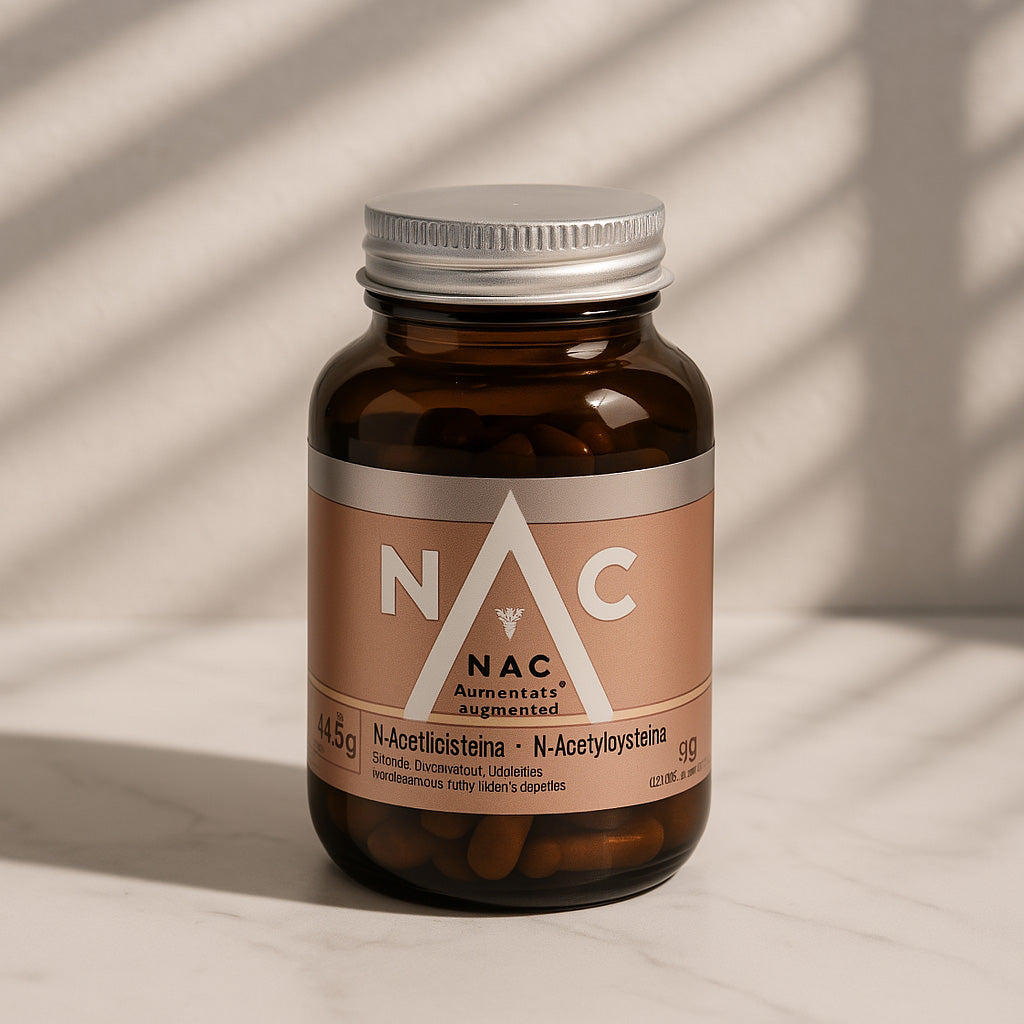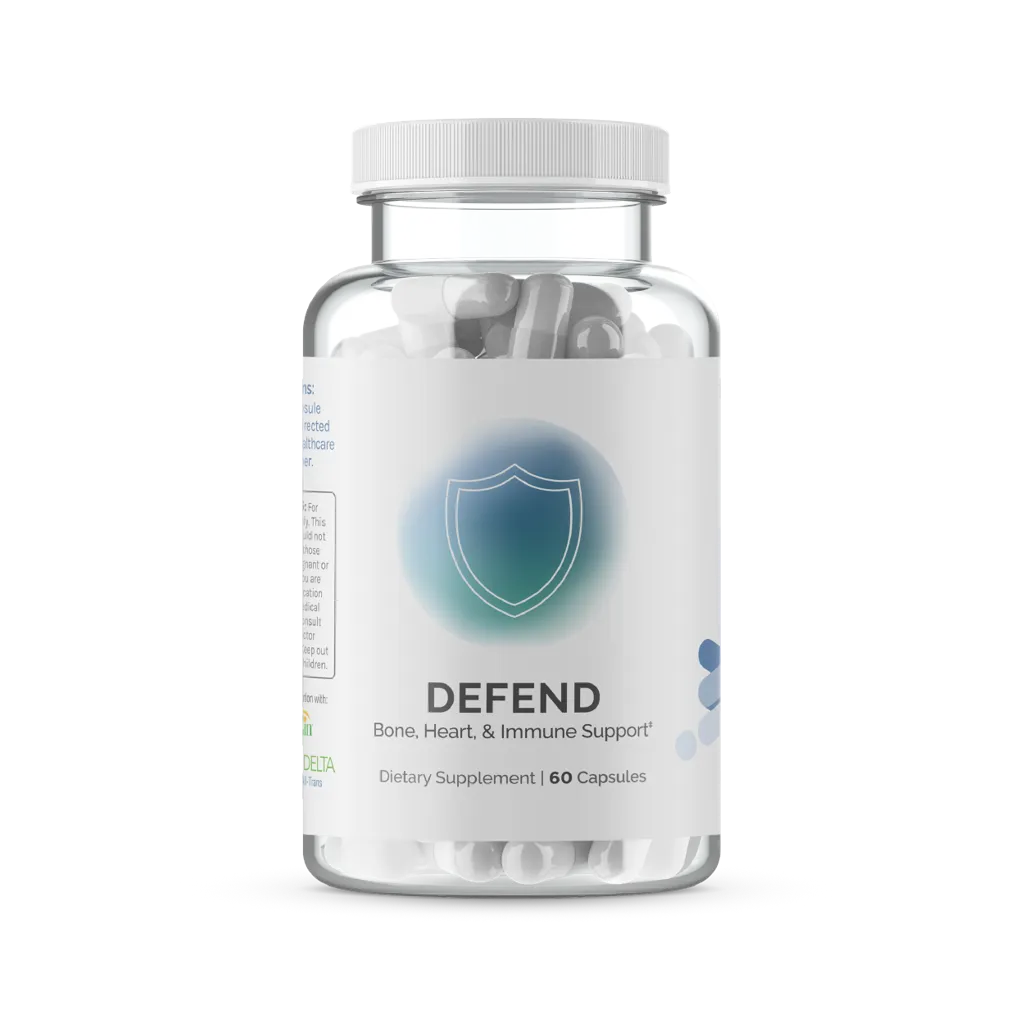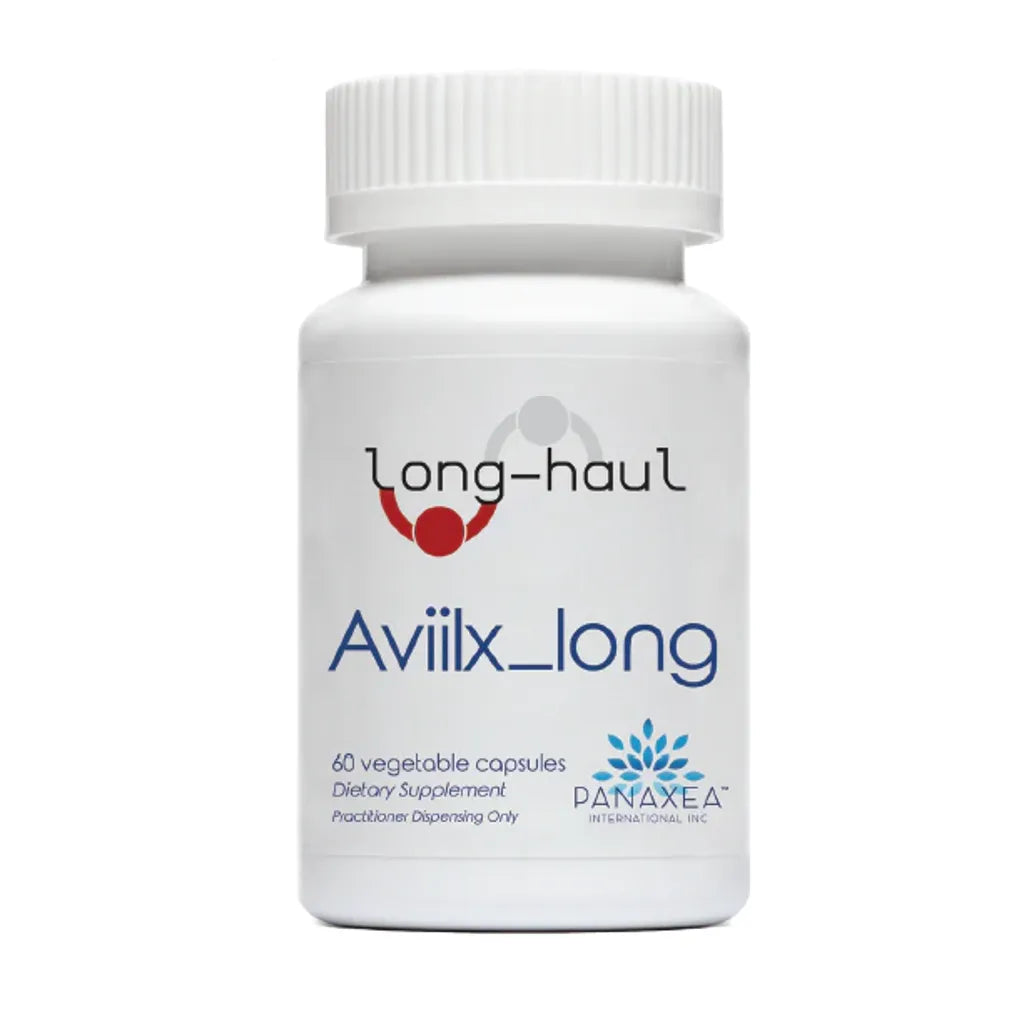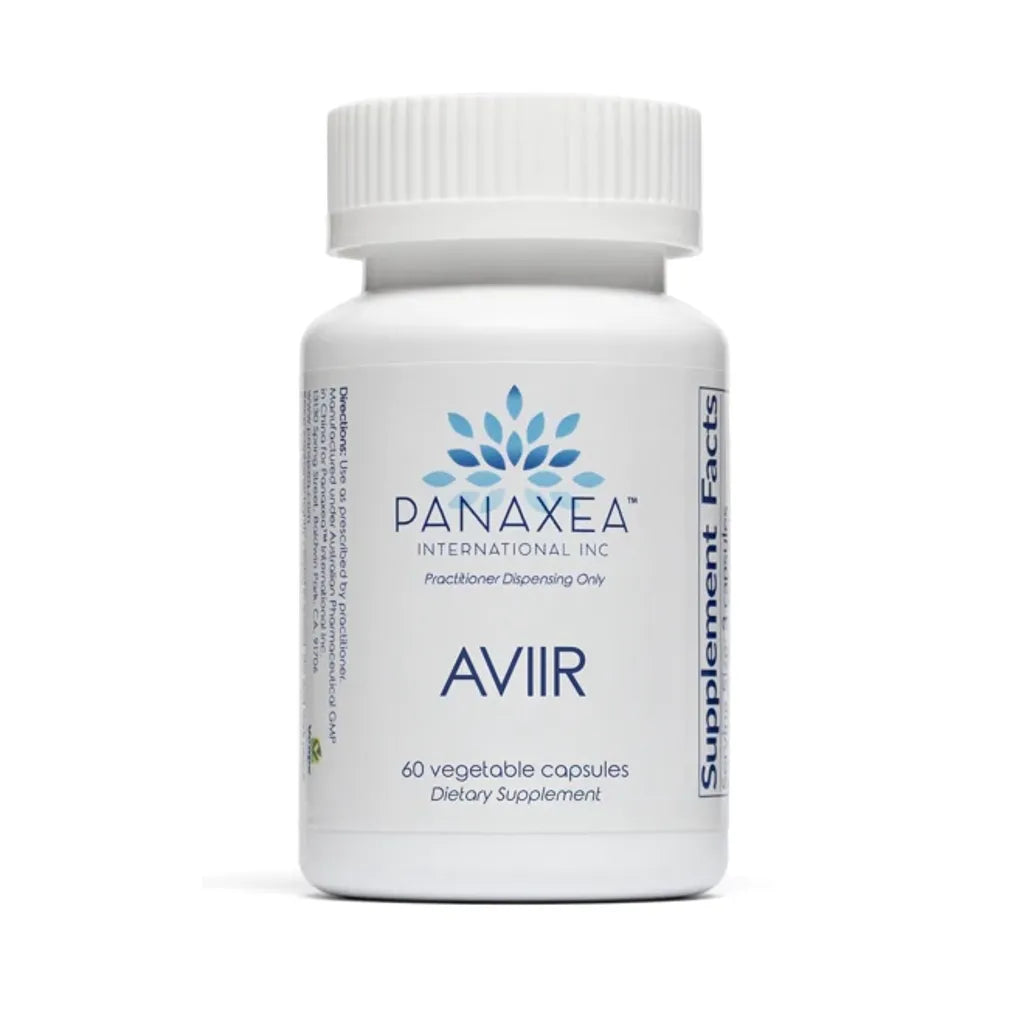Your immune system is not a single organ—it’s a coordinated network spanning your skin, gut, lymph nodes, blood, and bone marrow. Every day, it sorts between “self” and “non-self,” defending against viruses, bacteria, fungi, and even rogue cells. This system has two major arms: the innate (fast, non-specific) and the adaptive (slower, specific, memory-building). Understanding both branches—and how lifestyle shapes them—provides a foundation for everyday resilience.
Innate vs. adaptive at a glance
- Innate immunity: Your body’s first responder. Barriers like skin and mucous membranes, secretions such as stomach acid, fever, and inflammation form the initial defense. Cells like neutrophils, macrophages, and natural killer (NK) cells act within minutes to hours. They can’t “remember” past exposures but provide a powerful first strike.
- Adaptive immunity: Slower to respond—days instead of hours—but highly precise. B cells create antibodies that tag invaders, while T cells orchestrate attacks and kill infected cells. Adaptive immunity “remembers,” which is why vaccines work and why you don’t usually get the same infection twice.
Everyday examples of both systems at work
Imagine you inhale a cold virus. Your innate defenses jump in first—nasal mucus traps particles, macrophages engulf invaders, and fever may rise to make your body less hospitable. Meanwhile, your adaptive system gears up in the background, training B and T cells to recognize that specific virus. If you encounter it again later, adaptive immunity strikes faster, often preventing symptoms entirely.
What strengthens everyday defenses
Your immune system isn’t separate from your lifestyle. Daily inputs create an environment where defenses thrive—or falter. The most powerful levers are not exotic supplements but steady habits:
- Sleep: Immune cells follow circadian rhythms. One short night of sleep reduces natural killer (NK) cell activity by up to 70% (Sleep Foundation). See Sleep 101 for foundations.
- Protein: Antibodies and immune cells are made of amino acids. Protein-rich meals provide the building blocks.
- Fiber & gut health: Beneficial microbes produce short-chain fatty acids (SCFAs) that regulate immune balance. Learn more in the Gut–Immune Axis.
- Movement: Moderate exercise enhances circulation, allowing immune cells to patrol tissues more effectively. Overtraining, however, can temporarily suppress immunity.
- Stress regulation: Chronic cortisol dampens immune cell function. See Immunity & Stress for practical resets.
Nutrition patterns that matter
There’s no single “immune superfood,” but certain patterns consistently support defenses:
- Colorful plants: berries, leafy greens, crucifers, and spices supply polyphenols and antioxidants.
- Healthy fats: omega-3s (fatty fish, walnuts, flax) help balance inflammation.
- Steady meals: avoid long stretches of ultra-processed, low-nutrient foods that spike blood sugar and impair immune regulation.
Circadian rhythm and immunity
Immune cells have “clocks” that sync with your circadian rhythm. When your sleep, meals, and activity are irregular, immune defenses become less coordinated. Anchoring your day with morning light, regular meals, and consistent sleep strengthens immune timing (see Seasonal Immunity).
Innate immunity in detail
- Physical barriers: skin, mucous membranes, cilia in airways.
- Chemical barriers: stomach acid, enzymes in saliva, antimicrobial peptides.
- Cellular players: neutrophils (fast engulfers), macrophages (big eaters and signalers), NK cells (kill infected cells).
- Inflammation: swelling and redness that recruit immune cells to sites of injury or infection.
These responses are ancient and powerful but can overshoot—chronic, low-grade inflammation is linked with heart disease, diabetes, and aging.
Adaptive immunity in detail
- B cells: make antibodies that neutralize pathogens and flag them for destruction.
- T helper cells: coordinate the immune response, activating other cells.
- Cytotoxic T cells: kill infected or cancerous cells directly.
- Memory cells: stay behind after infection or vaccination, providing long-lasting protection.
This system is slower to act but essential for lasting immunity. Vaccines work by training adaptive immunity without the risks of full infection.
Why balance matters
An underactive immune system leaves you vulnerable to infections; an overactive one can lead to allergies, autoimmunity, or chronic inflammation. Lifestyle helps regulate this balance, signaling when to activate and when to calm down.
Everyday supports
- Hydration to keep mucosal barriers moist.
- Strength training to maintain muscle, which supplies amino acids during illness.
- Exposure to nature: outdoor microbes may positively influence immune regulation.
- Vaccination: a proven tool for training adaptive immunity safely.
Where to go next
Deepen your toolkit with:
- Seasonal Immunity: Daily Habits for Winter & Spring
- Vitamin D, Zinc & C: What the Science Actually Says
- Gut–Immune Axis: Why 70% of Your Immunity Lives in the Gut
- Immunity & Stress: Cortisol’s Role in Defenses
FAQ
-
Does taking more supplements boost my immune system?
Not necessarily. More isn’t always better—imbalances can harm immunity. Focus on food, sleep, and stress first, and use supplements strategically. -
Why do some people get sick more often than others?
Genetics, environment, stress load, sleep quality, and nutrition all contribute. Building habits gradually improves resilience. -
Can stress really make me sick?
Yes. Chronic cortisol suppresses certain immune functions and makes it harder to regulate inflammation.
Authority resources: NIH/NIAID: Overview of the Immune System











